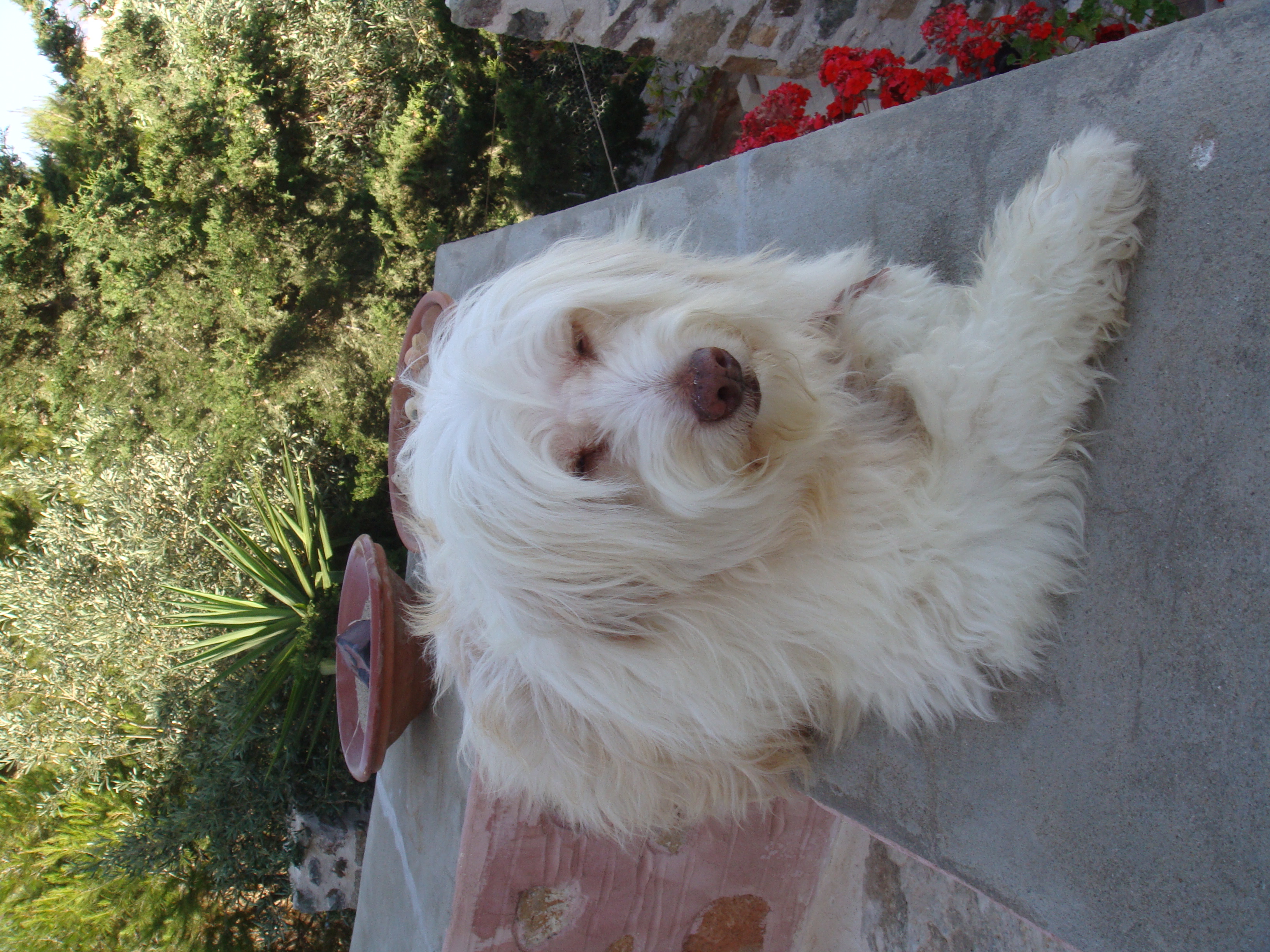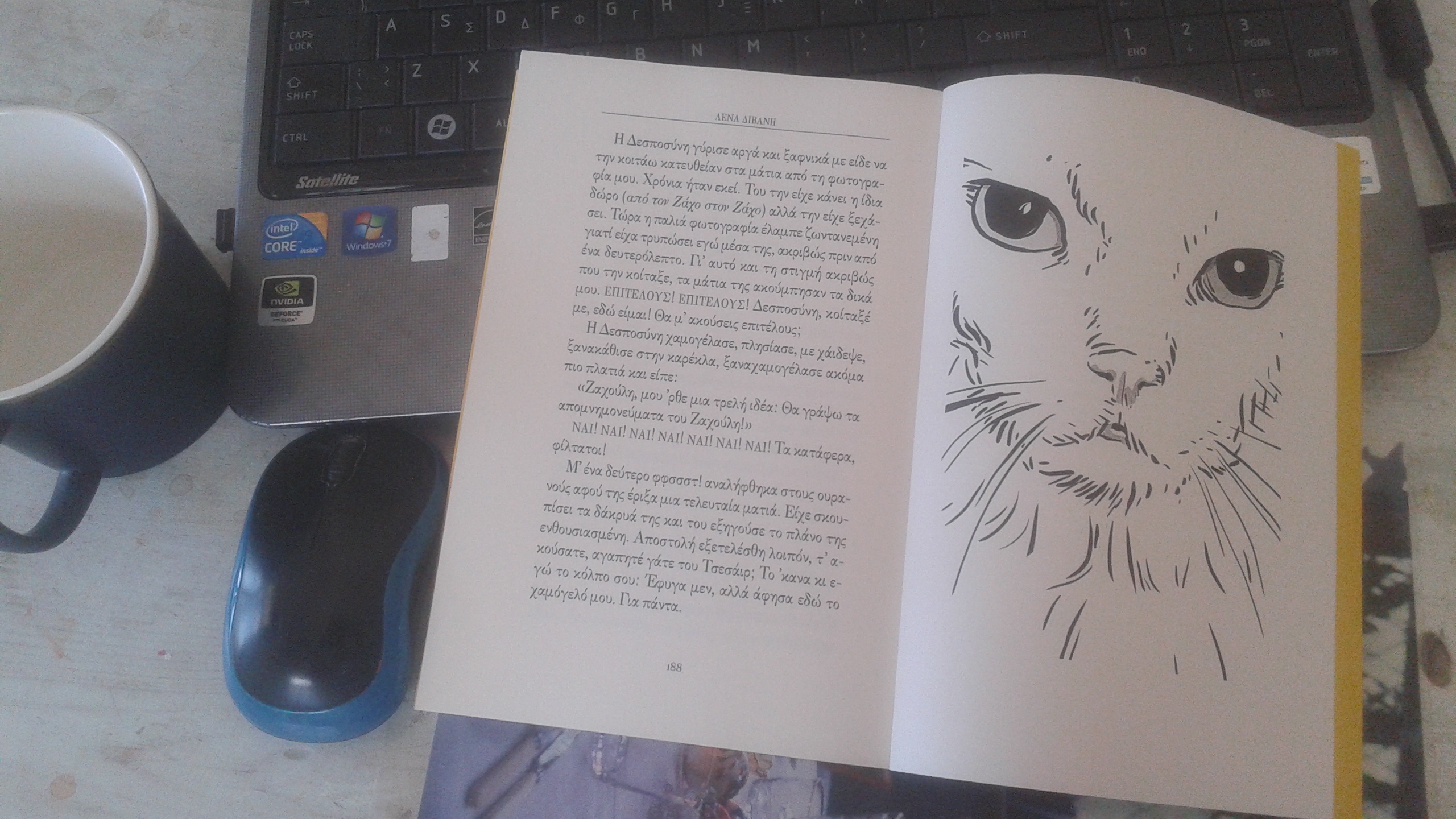Trauma across species
“The mind is a mosaic. We all have parts. Right now a part of me feels like taking a nap; another part wants to keep writing. Still feeling injured by an offensive e-mail message, a part of me wants to hit “reply” on a stinging put-down, while a different part wants to shrug it off. Most people who know me have seen my intense, sincere, and irritable parts; some have met the little snarling dog that lives inside me. My children reminisce about going on family vacations with my playful and adventurous parts” (The Body Keeps the Score: Mind, Brain and Body in the Transformation of Trauma by Bessel van der Kolk – psychiatrist, author, researcher and trauma therapist)
«Το κακοποιημένο σκυλί μοιάζει επιθετικό και φοβισμένο μαζί» ( Ένα Πεινασμένο Στόμα – Λένα Διβάνη, ιστορικός και συγγραφέας)

In the previous post I referred to our interconnectedness with other animal species, especially mammals, and things we may have in common. One thing we seem to share is our defense mechanisms to trauma and our post traumatic responses. Animal models from animal research, which probably raises some ethical questions, provides evidence that suggests that animal models mimic core aspects of human post traumatic stress experiences including individual differences in susceptibility to certain stressors, hippocampal changes, fear dysregulation, avoidance and hyperarousal, frequent startle responses, and so on. And even though these animal models do not capture the complexity of our human experience they further our understanding of the neuronal mechanisms responsible for post traumatic symptomatology and behaviours.
There is research evidence and literature that support that dogs are affected with canine PTSD, but anyone who has adopted or taken care of strays or wounded animals understands that trauma and abuse leave long term scars on animals, too. Some potential causes for canine PTSD symptomatology are: service and work in high stress situations like war zones and natural disaster contexts, being raised in a puppy mill, severe abuse, living as a stray after being abandoned, trauma from a disaster (floods, fires, earthquakes, etc), being attacked by other dogs, and so on. The symptoms of PTSD in dogs are similar to those in humans and can typically, include aggression, chronic anxiety and hypervigilance, avoidance of certain people, places or situations, eating and sleep disturbances, fear of being alone. For cats the stress may manifest as aggression, temperamental changes, pacing constantly, trembling and being easily startled, howling, losing appetite or hiding for long periods of time. 
The dog in the photo above was called Scruffy and when he was about two we adopted him from a shelter that was nothing more than a small fenced area, where a volunteer was trying to keep countless dogs alive through food donations. There were no kennels or any other amenities in place, and one of the reasons we adopted him was that I felt pretty sure he wouldn’t last long within the packs of larger and more aggressive dogs. Although we were a little reluctant to get a new dog because within the span of a year or so we had lost two dogs, one to old age and the new one to poisoning, his honey coloured pleading eyes broke down my defenses and intentions. It seemed that he and I bonded immediately. When we adopted him I hadn’t started studying psychology yet, but one didn’t need any special knowledge to understand that this creature was terrified out of its true nature and capacity. Scruffy inhabited a state of constant fear, and it was obvious that he would need a lot of patience and love to recover and if possible forget what had reduced him to this state. He was terrified of everything from furniture to walking in the street, to other animals. He couldn’t eat properly, but filled his mouth with as much food as he could cram in and then struggled to swallow it, a remnant response of his effort to get hold of food as fast as possible in the shelter. And for over a year we had assumed he was mute because he never barked.
Literature suggests that the best ways to manage PTSD in dogs would be a combination of behavioral therapy and medication. Behavioral interventions might include desensitization therapy, in which a dog is exposed to low levels of a particular stressor to build tolerance for a particular stimulus, playtime with another socialized dog, exercise, time and patience and the support of a vet. Apart from the typical health care support from our vet Scruffy healed through a lot of love, patience, care, inclusion in family activities, and a lot of brushing and stroking, which probably benefited me as well. In relation to stroking Patricia B. McConnell, ethologist, animal behaviorist, zoologist and author, claims that “Even in the best of times, when we’re not stressed or needy, many of us enjoy petting our dogs as much as any other aspect of dog ownership. This is not a trivial need. Quiet stroking can significantly change your body’s physiology, lowering your heart rate and blood pressure. It releases endogenous opiates, or internal chemicals that calm and soothe us and play a significant role in good health. Lucky for us, most of our dogs adore being touched.”
From reluctantly taking a few steps, and mostly crawling on the road outside our house, Scruffy evolved into an avid walker and fast sprinter. And after over a year of total silence a visiting friend’s noisy dog that barked a lot made it possible for him to reclaim his bark. His original beautiful shaggy coat was also revealed after much washing and brushing. Scruffy taught us that even though love and care cannot undo all wounding it does heal and give back power and potential, and I often think that our love may have even contributed to his longevity. Patricia Mc Connell writes: “Don’t feel like a failure if you can’t make a social butterfly out of the dog you rescued from a nightmarish beginning. Giving him a kind, loving home and helping him to relax enough to nap in your lap are achievements in their own right.” Scruffy never became a fearless dog like the bossy puppy we adopted a few years later that displayed leadership qualities very early on, but he evolved into a beautiful dog and a gentle, loving companion. The bond that was formed between this dog and us, especially me, was a gift. Taking him into our family gifted us all with many moments of joy and pleasurable experiences, and above all, gave him the opportunity to live a happy protected life into old age. He was at least seventeen years old when he peacefully passed away in his sleep.
Our dogs give us the opportunity to experience deep connection to another species, and also, to be aware of the truth that we are interconnected to the natural world and the myriads of species that cohabit this planet. They teach us a lot about our own conditioning, emotions and psychological defenses. Patricia McConnell writes: “We humans may be brilliant and we may be special, but we are still connected to the rest of life. No one reminds us of this better than our dogs. Perhaps the human condition will always include attempts to remind ourselves that we are separate from the rest of the natural world. We are different from other animals; it’s undeniably true. But while acknowledging that, we must acknowledge another truth, the truth that we are also the same. That is what dogs and their emotions give us – a connection. A connection to life on earth, to all that binds and cradles us, lest we begin to feel too alone. Dogs are our bridge – our connection to who we really are, and most tellingly, who we want to be. When we call them home to us, it’s as if we are calling for home itself.”
**The cat in the photo is from Εγώ ο Ζάχος Ζάχαρης, a book written by Lena Divani, historian and writer. It is in some sense her cat’s memoir.
